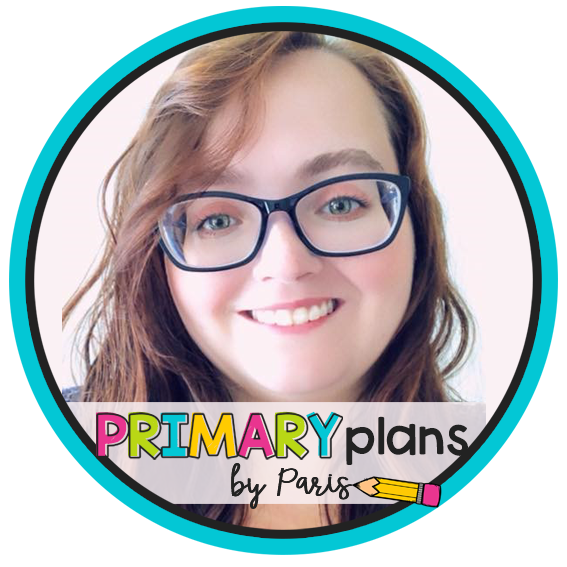
Primary Plans by Paris is for teachers who want to master the classroom in today’s state of education. All the talk in teaching (mainly by admins and other “officials”) centers around testing and data. It seems when those words get thrown around, many teachers sigh in exasperation. I’m here to keep things positive and shed light on how to use data to enhance student learning.
Data Needs You
I was raised by my grandparents, who were teachers. They instilled in me a love of learning, which I aim to pass on to my students. I believe in adapting to your environment and making the most of it. You cannot teach today without facing data. Data is a tool for teachers that needs YOU! Data is just numbers on a page, without teachers to interpret it.
Who is the best person to read the numbers: a district official who knows nothing of student #239501 or you, who knows that Xavier wasn’t in the right mindset because his family didn’t have enough money for dinner the night before? You know that Layla still doesn’t have a place to call home and that Danny ran out of medication. A teacher knows all the small details that make a big difference in his or her classroom community.

Letter Sounds – Letter Recognition – Sight Words
Data & Differentiation
Taking in all the factors that can affect data, now is the time to make the most of this important tool. You can enhance student learning by creating different groups by general ability level, specific skills and cooperative learning pairs. Grouping or leveling benefits students. If every lesson was taught whole group, Alijah (who is at a high level in math) would tire of practicing addition again and Andrea (who still hasn’t grasped number sense) would be lost.

Grouping students based on data also helps differentiate teaching. Differentiation is teaching the same concept in different ways to meet student needs. For example, an addition lesson: a below-grade-level group works on matching the number of objects with an addition sentence, an on-grade-level group completes an addition equation by counting their drawings and an above-grade-level group solves addition facts with flash cards. This helps students who struggle with a skill and need a little more practice. It pushes students to a higher level of thinking.
Engaging Education
Data has been interpreted. Groups have been differentiated. Now, how to teach and improve data? Goodbye stand and lecture. Hello engaging education. My philosophy is having fun while learning is the best type of learning. A major reason I started my Teachers Pay Teachers store is because I missed creating fun lessons and resources like I did in college. A lot of responsibilities and tasks come with being the classroom teacher, instead of the helpful intern.
One engaging piece I learned in my internship (thanks Katie Jo) is Total Physical Response (TPR). Instead of copying down vocabulary definitions like in the olden days, TPR engages students by using their whole body to learn. For teaching the vocab word “nocturnal” for my bat unit, when the lights are off students walk around the room fluttering their arms, acting like bats. When I flip the lights on, they drop to the ground asleep.
There are infinite ways to keep students engaged. Look for ways to incorporate technology, use sensory bins and other hands-on activities here on this blog.
Classroom Community

Lessons are all planned out. You feel like you are ready to go, pumped for the school year. Don’t forget about the most important concept to master: building relationships in your classroom community. Students will have a positive outcome if you create a relationship with them. Start strong at the beginning of the year. Make them feel comfortable, participate in team-building exercises and take note of their interests.
How can you expect a child to behave, talk in front of the class and have the courage to tell you personal things, if you don’t build a positive relationship with them?
My first year, a new student come in late, in the fall. My class was well into the swing of things, and I didn’t take the time to form a bond with her. I naively thought she would learn the ropes by watching the other students. She didn’t put effort into her work and her behavior was poor. Her peers grew frustrated and shunned her.
It was very difficult to patch things up and work backwards to try to repair the relationship. She moved away a couple of months later due to family hardship. I then vowed to work harder to build safe, fun, loving relationships with EVERYONE in my class.
Cultivating a strong classroom community will promote positive student interactions during engaging lessons and, in turn, improve that darn data.




